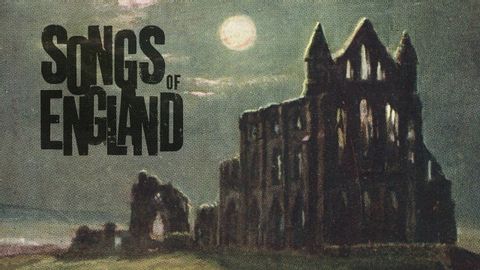
Subtitles & vocabulary
The Whitby Lad | Songs of England #1 | Whitby Abbey, Yorkshire
00
Summer posted on 2021/02/19Save
Video vocabulary
ruin
US /ˈruɪn/
・
UK /'ru:ɪn/
- Transitive Verb
- To damage or completely destroy something
- To cause someone to lose their money or status
- Noun (Countable/Uncountable)
- Remains of a building that has been destroyed
- The state of being destroyed or severely damaged.
B1
More inspiration
US /ˌɪnspəˈreʃən/
・
UK /ˌɪnspə'reɪʃn/
- Noun (Countable/Uncountable)
- Force making you feel you can do things, succeed
- The power or urge that makes you want to do something, especially something creative
B1TOEIC
More initially
US /ɪˈnɪʃəli/
・
UK /ɪˈnɪʃəli/
- Adverb
- At first; originally
- In the first stage of a process or development.
A2TOEIC
More sentence
US /ˈsɛntəns/
・
UK /'sentəns/
- Transitive Verb
- (Of a judge) to decide the punishment of
- Noun
- Official punishment given by a court of law
- Set of words that make a whole statement
A1
More Use Energy
Unlock All Vocabulary
Unlock pronunciation, explanations, and filters
